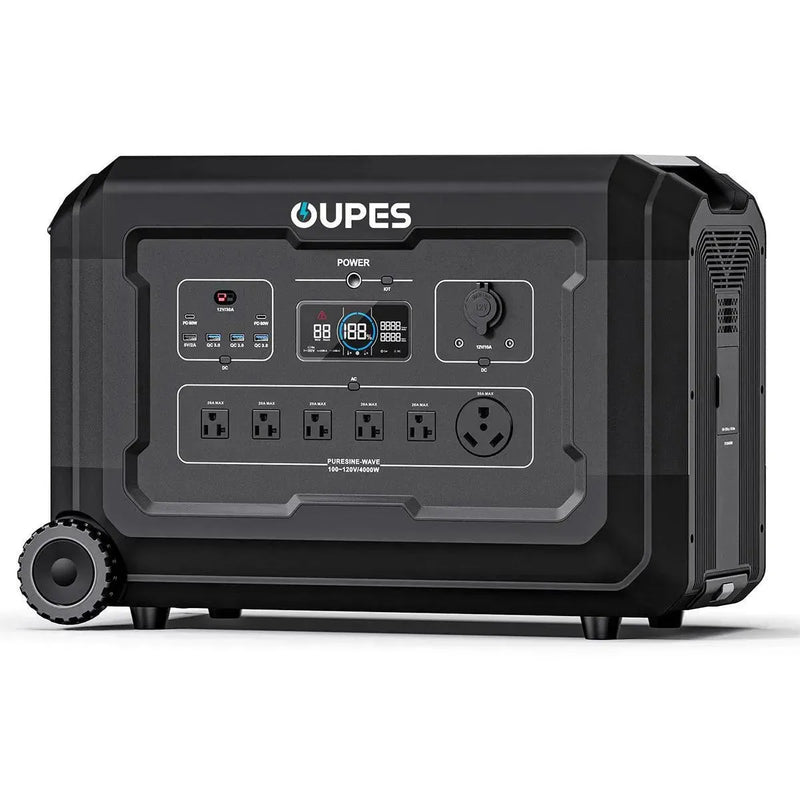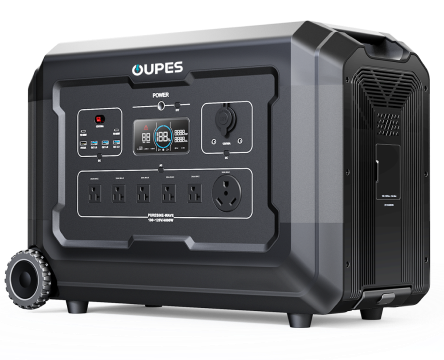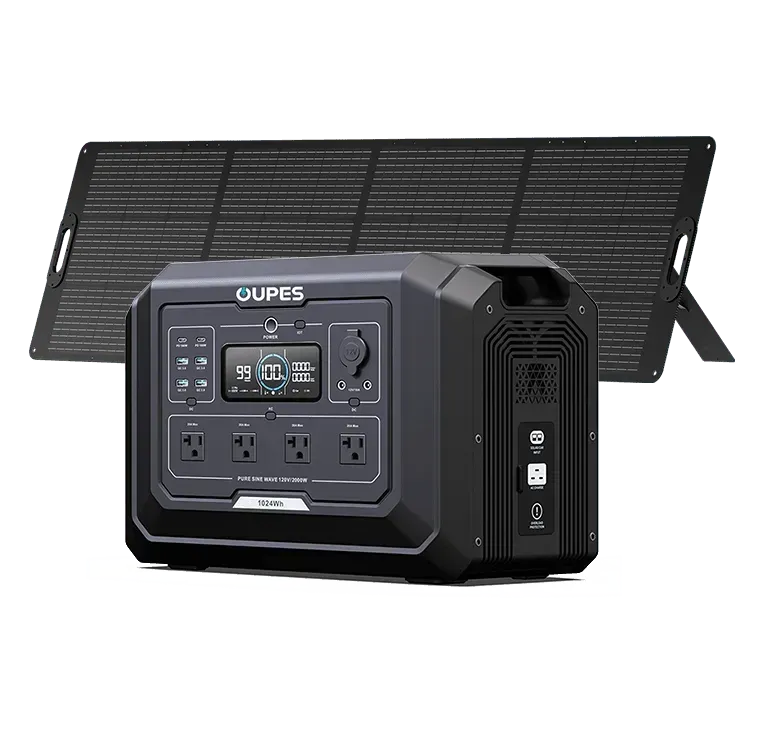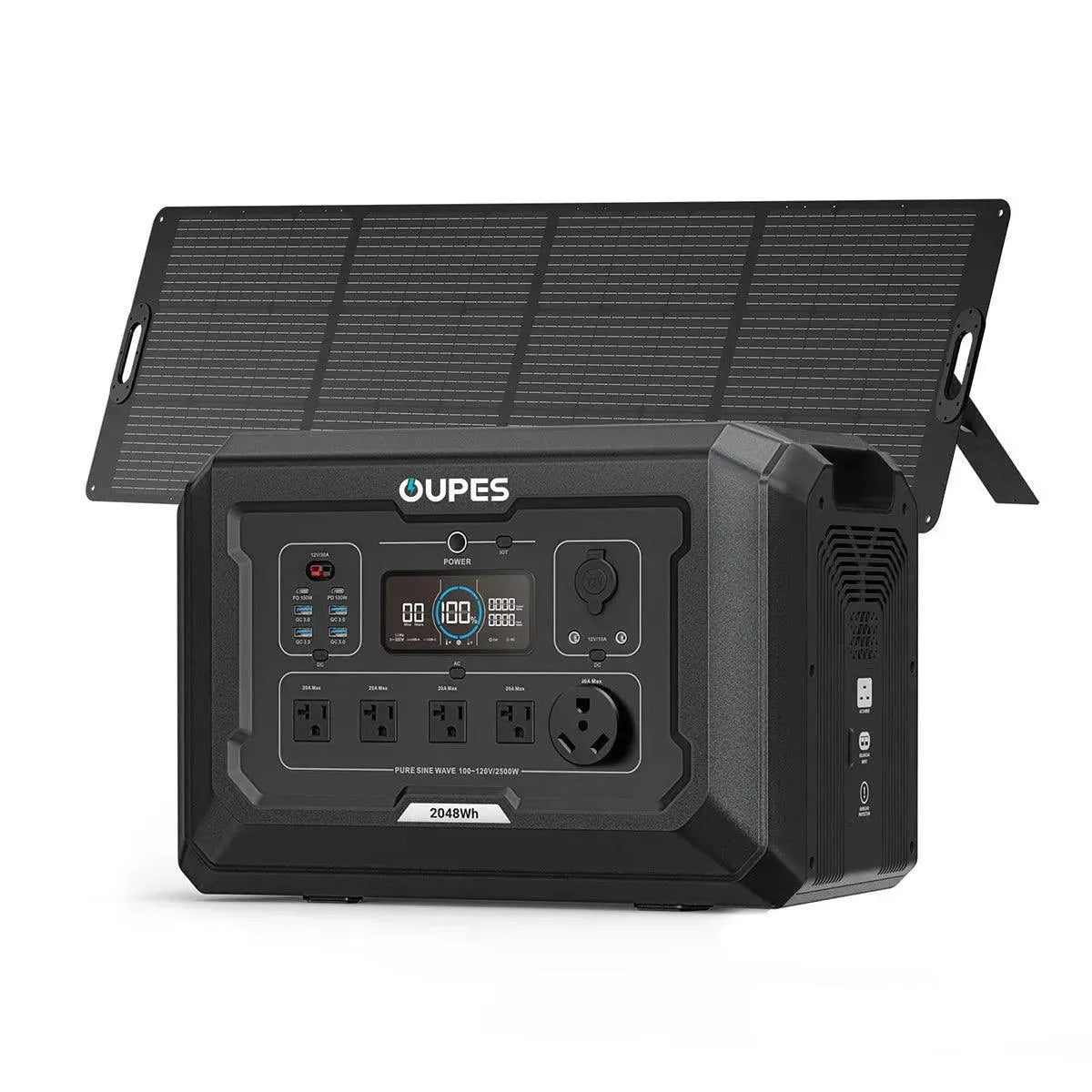
Solar energy has revolutionized how we power our homes and devices, offering a clean and renewable alternative to fossil fuels. Yet, a common question arises: can solar panels harness the soft glow of moonlight to generate electricity? This article delves into the science behind solar panels and moonlight, examining their interaction, limitations, and the future of nighttime solar technology.
Understanding Solar Panel Functionality
Solar panels, or photovoltaic (PV) systems, convert sunlight into electricity through the photovoltaic effect. When sunlight strikes the semiconductor material in the panels, it excites electrons, creating an electric current. This process is highly dependent on the intensity and wavelength of the incoming light.
Moonlight is essentially sunlight reflected off the moon's surface. However, the intensity of moonlight is significantly lower than direct sunlight. On a clear night with a full moon, moonlight's illuminance is about 0.25 lux, compared to approximately 100,000 lux of direct sunlight. This vast difference means that the energy available from moonlight is minuscule in comparison.
While solar panels can technically respond to any light source, including moonlight, the amount of electricity generated under moonlight is negligible. Studies indicate that solar panels produce only about 0.3% of their typical output under full moon conditions. This output is insufficient for practical energy needs, rendering moonlight an ineffective source for solar energy generation.
The Science Behind Moonlight and Solar Panels
Moonlight's low intensity poses a significant challenge for solar energy generation. The moon reflects only about 12% of the sunlight that hits it, and this reflected light is further diminished by the Earth's atmosphere before reaching solar panels. Consequently, the photon flux—the number of light particles hitting the panel—is drastically reduced.
Moreover, the spectral composition of moonlight differs from sunlight. While sunlight contains a broad spectrum of wavelengths, including those most effective for solar energy conversion, moonlight lacks the intensity and spectral quality necessary to excite electrons in the photovoltaic material effectively.
Additionally, most solar inverters, which convert the direct current (DC) produced by solar panels into alternating current (AC) for home use, have a minimum power threshold. The minimal energy generated from moonlight often falls below this threshold, causing the inverter to shut down or enter a sleep mode, further inhibiting any potential energy conversion.
Innovations in Nighttime Solar Technology
Recognizing the limitations of traditional solar panels at night, researchers have explored alternative methods to harness energy during nighttime. One such innovation involves thermoradiative cells, which generate electricity by emitting infrared radiation to the cold night sky. This process leverages the temperature difference between the warm Earth and the cold universe to produce power.
In 2025, a team at Stanford University developed a prototype that utilizes this principle, generating electricity at night by capturing the heat emitted from the Earth's surface. While the current output is modest, this technology represents a promising step toward continuous solar energy generation, regardless of sunlight availability.
Another approach involves integrating solar panels with energy storage systems, such as batteries, to store excess energy produced during the day for use at night. This method doesn't rely on moonlight but ensures a consistent energy supply, addressing the intermittent nature of solar power.
Practical Implications for Solar Energy Users
For homeowners and businesses relying on solar energy, understanding the limitations of solar panels at night is crucial. Since moonlight doesn't provide a viable energy source, it's essential to incorporate energy storage solutions or maintain a connection to the electrical grid to ensure uninterrupted power supply during nighttime.
Energy storage systems, like lithium-ion batteries, can store surplus energy generated during peak sunlight hours for use when solar production ceases. Alternatively, net metering allows solar energy users to feed excess power back into the grid during the day and draw electricity from the grid at night, balancing energy consumption and production.
Investing in these complementary systems enhances the reliability and efficiency of solar energy setups, ensuring that energy needs are met regardless of the time of day or weather conditions.
Conclusion
While solar panels can technically respond to moonlight, the energy produced is insufficient for practical use. The low intensity and spectral quality of moonlight result in negligible electricity generation, rendering it an ineffective source for solar energy. However, advancements in nighttime solar technology and energy storage solutions offer promising avenues to overcome these limitations.
By integrating innovative technologies and storage systems, solar energy users can achieve a more consistent and reliable power supply, maximizing the benefits of renewable energy around the clock.




























